The world of commerce thrives on a complex dance of products moving from origin to destination. While colossal ships dominate the headlines, a significant but lesser-known part of this operation happens closer to home. This is where freight and cartage step in, ensuring the seamless movement of goods over land – the often invisible workhorses of the shipping industry.
Understanding Freight and Cartage
Freight refers to the transportation of goods, typically in large quantities, by land (trucks), sea (ships), or air (planes). Cartage, however, focuses specifically on the short-distance movement of goods via land-based vehicles, usually within a city or region.
The Significance of Freight and Cartage in the Shipping and Logistics Landscape
While international shipping captures the imagination, the efficiency of freight and cartage is crucial for a well-oiled supply chain.
Here’s how:
- Ensuring First and Last-Mile Delivery: Imagine you order a new pair of shoes online. The freight service likely brings a massive shoe container to a regional distribution centre. Cartage companies then take over, transporting your specific order from the centre to your doorstep – the critical “last-mile” delivery that gets the product in your hands.
- Optimising Efficiency: Freight excels at bulk transportation but is only sometimes cost-effective for smaller deliveries. Cartage bridges this gap by efficiently handling short-distance movement, allowing freight to focus on its core strength.
- Supporting Local Businesses: Local businesses heavily rely on cartage services to receive inventory and deliver products to customers. In 2023, a study by the American Trucking Association (ATA) found that the trucking industry employs over 8.9 million people in the United States alone. This highlights cartage’s significant role in supporting local economies and job creation.
Understanding Freight in Shipping
Ever wondered how that flat-screen TV you ordered magically appears at your doorstep? The answer lies in a complex freight transport network, the invisible hand that propels goods across continents and oceans.
So, buckle up as we unpack the world of freight transport, exploring its definition, modes, and the factors influencing how your purchases take flight.
Also Read: Top International Freight Forwarding Companies in Delhi
Definition and Overview of Freight Transport
In essence, freight transport refers to the large-scale movement of goods by land, sea, or air. These goods, often called cargo, can range from raw materials like lumber to finished products like electronics.
Freight transportation forms the backbone of global trade, ensuring a steady flow of products that fuel economies worldwide.
Primary Mode of Transportation: Air, Land, and Sea
While all those roads may lead to Rome, freight transport utilises three primary modes to navigate the globe:
- Air Freight: The fastest option, air freight, is used for time-sensitive cargo like perishables or critical medical supplies. Imagine fresh seafood flown in from across the ocean—that’s the magic of air freight! However, speed is a premium, making air freight the most expensive option.
- Land Freight: The undisputed king of overland transportation, land freight utilises trucks and trains to move vast quantities of goods across vast distances. Think about those massive container trucks rumbling down the highway – they’re the workhorses of land freight, offering a balance between speed and cost.
- Sea Freight: When moving large volumes of goods across oceans, sea freight is your best bet. And that’s where Intoglo can become the perfect platform to partner with. Intoglo ensures your goods reach their destination efficiently. With special contract rates from all major shipping lines, guaranteed bookings, exclusive benefits, and extended LFD (Last Free Day) options to save on additional costs, Intoglo provides a reliable and cost-effective solution for your ocean freight needs.
Also Read: Freight Forwarding Companies in Pune
Choosing the Right Ride: Factors Influencing Freight Transport Mode
The decision of which mode to use for freight transport hinges on a few key factors:
- Cost: As we can see, air freight is the most expensive, followed by land and then sea freight. Budget plays a crucial role in businesses choosing the most cost-effective option.
- Speed: Need it there yesterday? Air freight is your answer. But if time isn’t a pressing concern, land or sea might be better choices.
- Cargo Type: Fragile electronics might fare better on an aeroplane, while bulkier, non-perishable goods can comfortably travel by land or sea.
- Distance: Short-haul deliveries best suit land transport, while long distances across continents often favour sea freight.
In the next section, we’ll explore the diverse landscape of cartridges.
Understanding Cartage in Shipping
We’ve explored the importance of freight transport, but what gets your purchases from a massive warehouse to your doorstep? Enter cartage, the meticulous yet mighty force behind last-mile delivery.
Let’s peel back the layers and understand how cartage keeps the wheels of commerce turning.
Cartage refers to the short-distance movement of goods by land vehicles, typically within a specific city or region.
Take, for example, a giant chessboard – freight transport handles long-distance movements across the board, while cartage acts as an agile knight, efficiently navigating shorter distances.
Types of Cartage Services
Cartage isn’t a one-size-fits-all solution. Here’s a glimpse into the different types of cartage services that cater to specific needs:
- Local Cartage: This is the workhorse of cartage, responsible for deliveries within a local area. Think about that friendly delivery van dropping off packages in your neighbourhood – that’s local cartage!
- Terminal Cartage: This service moves freight between terminals or warehouses within a specific region. Imagine a container arriving at a port – terminal cartage would transport it to a nearby distribution centre for further sorting.
- Pier Cartage: Pier cartage plays a vital role in port cities. It involves transporting goods between piers, warehouses, and container yards, ensuring a smooth cargo flow within the port complex.
From Order Placement to Delivery: The Cartage Process Explained
The cartage process is a well-coordinated dance:
1. Order Placement: A business or individual requests a pickup from a cartage company, specifying the cargo and delivery details.
2. Pickup: A truck arrives at the designated location, and experienced workers efficiently and securely load the goods.
3. Transport: The cargo embarks on its short journey, navigating city streets or regional roads to reach its destination.
4. Delivery: Upon arrival, the goods are carefully offloaded, and delivery confirmation is obtained from the recipient.
Importance of Cartage in Last-Mile Delivery
Forget the giant ships and rumbling trains – the secret weapon for speedy online deliveries is much closer to home: cartage.
Here’s why Cartage is important for last-mile deliveries:
- Bridging the Gap: Cartage takes over where freight leaves off. While freight excels at long hauls, cartage efficiently handles those final miles within your city, ensuring your purchases stay in a warehouse nearby.
- Happy Customers: Have you ever waited ages for a package? Cartage companies are the fulfilment fairy godmothers, getting your orders directly to your doorstep, leading to satisfied customers and fewer headaches.
- Efficiency Powerhouse: A smooth supply chain relies on specialists. Cartage frees up freight for long-distance hauls, allowing them to focus on their strength. This teamwork keeps goods moving efficiently.
- Powers Local Deliveries: Cartage is the backbone of local deliveries. Businesses rely on them to receive inventory and deliver products, keeping the local economy thriving.
The next chapter will focus on the differences between freight transport and cartage.
Also Read: Top Freight Forwarding Companies in India in 2024
Key Differences between Freight and Cartage
Understanding the differences between freight and cartage is crucial for effectively managing logistics and transportation. While both terms are related to the movement of goods, they serve different purposes and cover various aspects of the shipping process.
Here’s a detailed comparison to help clarify these concepts.
| Feature | Freight Transport | Cartage |
| Distance of Transportation | Long distances (across cities, regions, countries) | Short distances (within a city or region) |
| Scope of Services | Broad logistics, including packaging, customs clearance, documentation | Focused on short-haul transportation and delivery |
| Role in Supply Chain | Moves goods across long distances, connecting various transportation modes | Ensures last-mile delivery, often acting as a link between warehouses and customers |
| Example | Moving a container of furniture from China to the US | Delivering furniture from a warehouse to a customer’s home within the same city. |
Understanding these differences is essential for efficient planning and execution in the transportation and logistics industry.
Factors Impacting Cartage and Freight Operations
Now that we understand the dynamics of freight and cartage let’s look at the factors that influence their costs and operations. Buckle up as we explore the intricacies of determining how much it costs to get your goods from Point A to Point B.
Distance, Weight, and Volume
These three factors play a starring role in determining cartage and freight costs. Here’s how:
- Distance: As with most things in life, distance matters. Longer hauls for both cartage and freight translate to higher costs due to increased fuel consumption, driver time, and vehicle wear and tear.
- Weight: Heavier cargo necessitates sturdier vehicles and potentially special permits, impacting cartage and freight costs. Imagine a truck overflowing with bricks compared to one carrying pillows – the weight difference significantly affects pricing.
- Volume: Bulky items, even lightweight, can occupy significant space on a truck or container. This reduced capacity for other cargo translates to higher costs for both cartage and freight.
Special Considerations
The cost equation isn’t always straightforward. Here are some additional factors that cartage and freight companies consider:
- Type of Goods: Fragile items or hazardous materials might require specialised handling and packaging, increasing costs.
- Required Services: Additional services like temperature-controlled transportation for perishables or liftgate delivery for heavy items will add to the bill for both cartage and freight.
Challenges on the Road: Traffic, Time, and Teamwork
Beyond cost considerations, cartage and freight operations face several challenges:
- Traffic Management: City congestion and unpredictable traffic patterns can significantly impact cartage delivery times and efficiency.
- Time Constraints: Deliveries often have strict deadlines, and cartage and freight companies must factor in potential delays to ensure on-time arrival.
- Coordination: Seamless communication and coordination between cartage companies, freight forwarders, warehouses, and customers are crucial for a smooth flow of goods.
Understanding these factors empowers you to make informed decisions when choosing cartage or freight services.
In the next chapter, we’ll explore the future of cartage and freight, examining how technology and innovation are shaping this critical industry.
How Technology is Transforming Cartage and Freight
The world of cartage and freight is no stranger to innovation. As technology continues to evolve, we’re witnessing a fascinating integration of digital solutions, streamlining operations and enhancing efficiency.
Let’s explore some exciting ways technology is transforming this dynamic industry.
Latest Advancements in Cartage and Freight
Gone are the days of paper maps and manual route planning. Here’s a glimpse into the technological advancements shaping cartage and freight:
- Telematics and GPS Tracking: Real-time vehicle location tracking allows companies to monitor progress, optimize routes, and ensure timely deliveries for both cartage and freight operations.
- Automated Dispatch Systems: These intelligent systems match drivers with appropriate deliveries, maximizing efficiency and downtime for cartage companies.
- Electronic Data Interchange (EDI): EDI facilitates seamless data exchange between shippers, carriers, and warehouses, promoting transparency and reducing errors in cartage and freight operations.
Leverage Intoglo’s advanced technology for real-time shipment tracking, automated dispatch, and seamless data exchange. Contact us today to streamline your cartage and freight operations with the industry’s most reliable and efficient solutions.
Digital Platforms for Efficiency
Digital platforms are becoming the nerve centre of cartage and freight operations. These platforms offer a centralized hub for:
- Streamlined Communication: Real-time communication between dispatchers, drivers, and customers ensures everyone is on the same page, fostering smooth cartage and freight operations.
- Automated Documentation: Paperwork has become a relic of the past with digital platforms that handle documentation electronically, saving time and reducing errors for cartage and freight companies.
- Improved Visibility: Digital platforms provide a single source of truth for tracking shipments, managing deliveries, and optimizing overall operations for both cartage and freight.
The future of cartage and freight is undeniably digital. By embracing technological advancements, companies like Intoglo are enhancing efficiency, reducing costs, and providing a superior customer experience.
Selecting the Right Partner: Choosing Between Freight and Cartage Services
Now that you’ve understood everything about freights and cartages, you might wonder, how do I choose the right service provider for my needs? Here’s a roadmap to help you navigate this decision-making process with confidence.
Choosing Your Partner: Factors to Consider
Selecting a cartage or freight service provider requires careful consideration of several factors:
- Delivery Needs: Do you require long-distance transportation across continents (freight) or short-haul deliveries within a city or region (cartage)?
- Cargo Characteristics: The type of goods you’re transporting plays a role. Fragile items or hazardous materials might require specialised services certain freight companies offer.
- Budget: Cost is a crucial factor. Freight can be expensive for smaller shipments, while cartage might not be suitable for long distances. Be sure to obtain quotes from multiple providers for both cartage and freight services to compare pricing.
- Delivery Timeframes: Do you have strict deadlines? Both cartage and freight companies should be able to accommodate your time constraints.
Beyond the Basics: Evaluating Key Considerations
Once you’ve narrowed down your options, delve deeper by evaluating these aspects:
- Delivery Consistency: A reliable track record of on-time deliveries is crucial for cartage and freight companies.
- Experience: Look for a provider with experience handling the needs of your specific industry, whether it’s cartage for furniture deliveries or freight for temperature-controlled pharmaceuticals.
- Cost-Effectiveness: The cheapest option isn’t always the best. Consider factors like hidden fees, insurance coverage, and value-added services offered by cartage and freight companies.
Importance of Customization to Industry Needs
A one-size-fits-all approach rarely works in the world of cartage and freight. Look for a provider to tailor its services to your industry needs.
For instance, an e-commerce company might prioritize fast and efficient last-mile delivery, making cartage a crucial partner. Conversely, a company that imports raw materials in bulk from overseas would likely rely heavily on international freight services.
By carefully considering your requirements and evaluating potential cartage and freight providers, you can make an informed decision that ensures your goods reach their destination efficiently and cost-effectively.
Wrapping Up
Partnering with a reliable logistics company like Intoglo can optimize your logistics and shipping processes. Intoglo offers comprehensive services, including expert management of freight and cartage operations, competitive rate negotiation, and efficient handling of customs clearance.
Our advanced technological solutions provide real-time tracking and streamlined communication, ensuring that your shipments are handled with precision and care from start to finish.
Explore the benefits of working with Intoglo and see how their tailored logistics solutions can support your business’s success.
Visit Intoglo today to learn more about their services and how they can confidently help you navigate the complexities of international shipping.


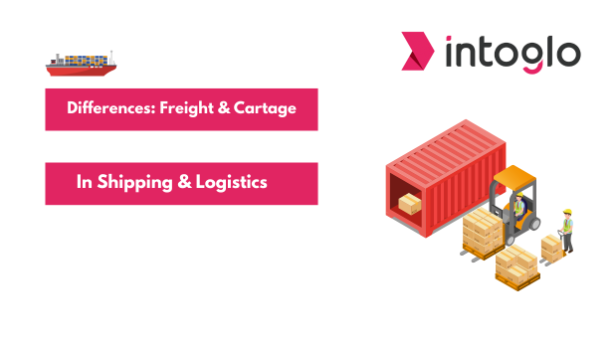
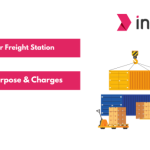
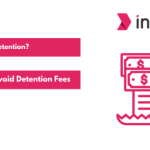
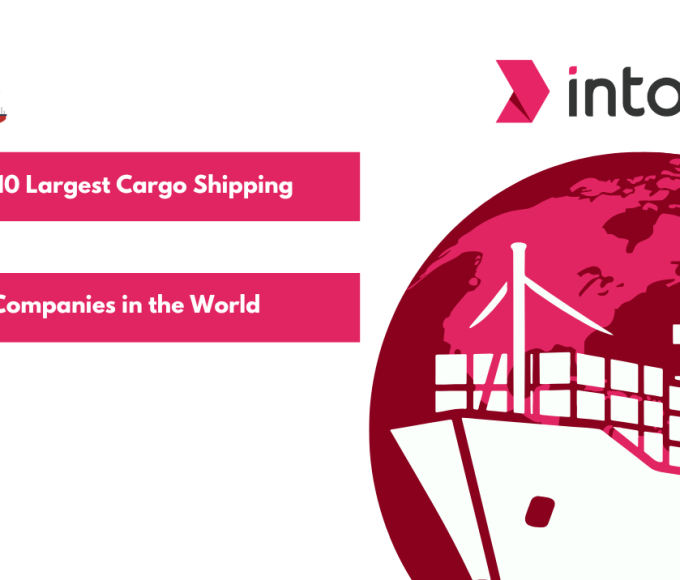
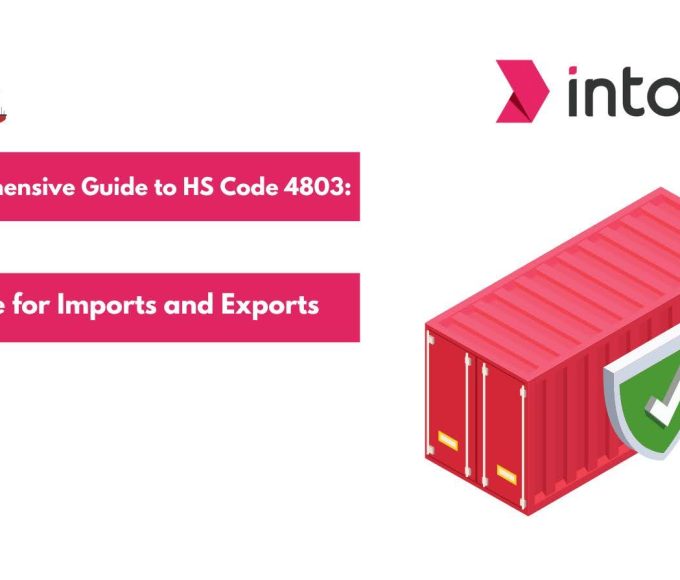
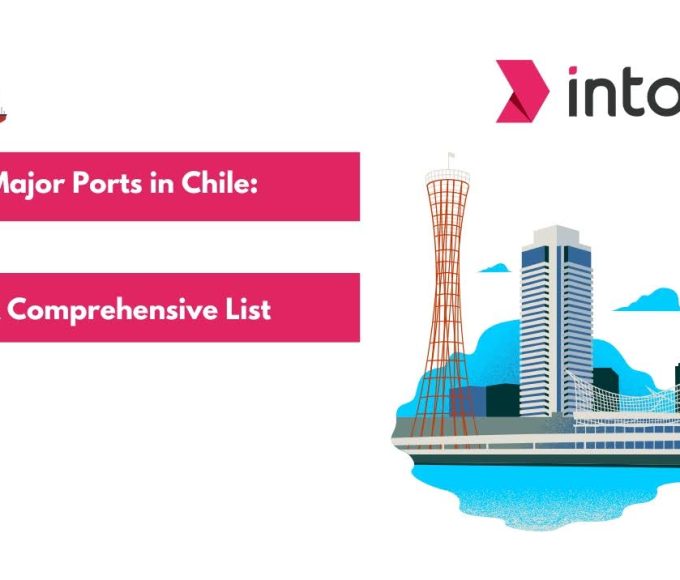
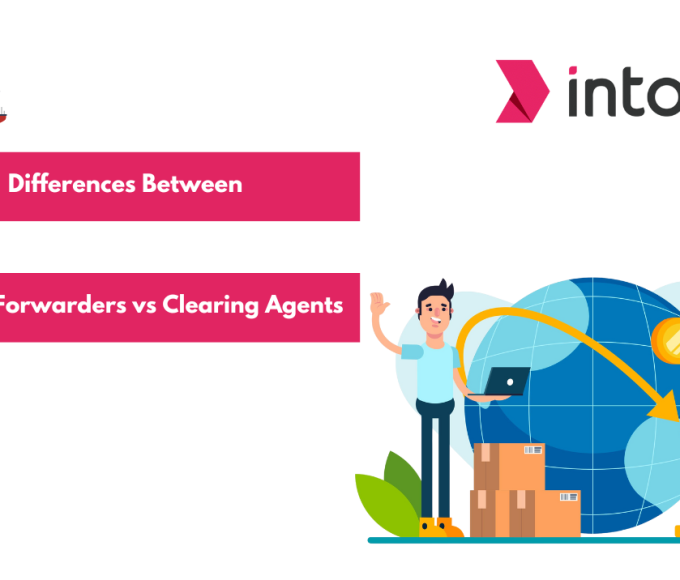
Leave a comment